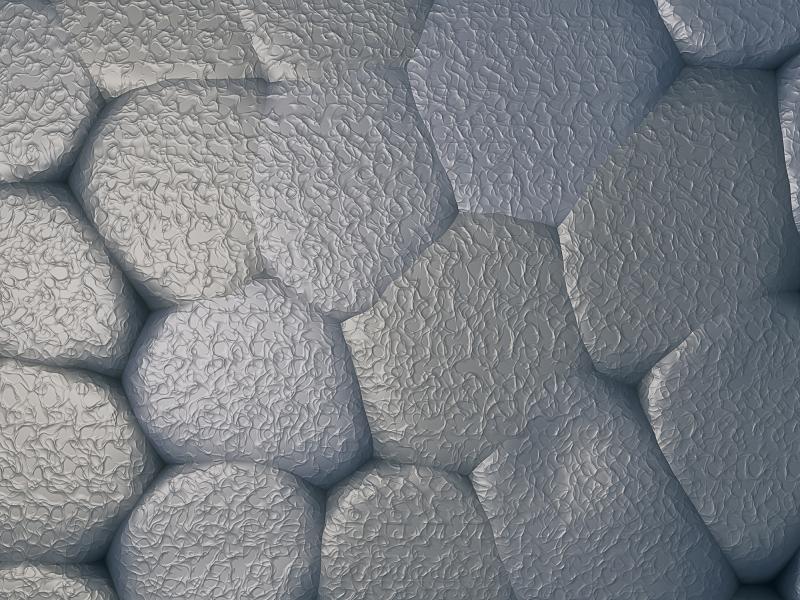By Gina Roos, editor-in-chief
Growing demand for safer and more powerful rechargeable battery technologies, across end products from smartphones to electric cars, continues to drive the need for an alternative solution to rechargeable lithium-ion (Li-ion) batteries. One new potential replacement is potassium-metal batteries.
A team of researchers at Rensselaer Polytechnic Institute announced in a new paper published in Proceedings of the National Academy of Sciences that it has solved the challenge of dendrites — metal deposits on the anode — to create a metal battery that performs almost as well as a Li-ion battery. Because it is based on potassium, a material in greater supply, it’s also less expensive, opening the door for a lower-cost alternative to Li-ion batteries.
Metal batteries have been traditionally plagued by an accumulation of metal deposits, called dendrites, on the anode, according to Nikhil Koratkar, an endowed professor of mechanical, aerospace, and nuclear engineering at Rensselaer and the lead author on this paper. “Dendrites are formed because of non-uniform deposition of potassium metal as the battery undergoes repeated cycles of charging and discharging. Over time, the conglomerates of potassium metal become long and almost branch-like.”
These dendrites can short the battery by piercing the insulating membrane separator that keeps the battery electrodes from touching each other, he explained. Once it shorts, it can potentially cause a fire in the device.

Researchers at Rensselaer find a solution to the dendrite problem in potassium-metal batteries. (Image: Rensselaer Polytechnic Institute)
In the paper, the team demonstrated how it replaced the graphite anode with potassium metal. Batteries consist of two electrodes — a cathode and an anode. A Li-ion battery uses a lithium-cobalt-oxide cathode and a graphite anode, in which the lithium ions flow back and forth between the electrodes.
However, researchers said if the lithium cobalt oxide was replaced with potassium cobalt oxide, the performance would drop, and because it’s larger and heavier, it’s also less energy-dense. The solution was to use a potassium-metal anode to increase the performance.
“In terms of performance, this could rival a traditional lithium-ion battery,” said Koratkar.
The research team, which included Prateek Hundekar, a doctoral student at Rensselaer; other researchers at Rensselaer; and researchers from the University of Maryland, including Chunsheng Wang, an endowed professor of chemical and biomolecular engineering, said that by operating the battery at a relatively high charge and discharge rate, the temperature inside the battery can be raised “in a well-controlled manner,” causing the dendrites to self-heal off the anode without melting the potassium metal.
In a consumer application, this approach would require a battery management that applies the local heat to trigger the dendrites to self-heal.
The team previously demonstrated a similar method of self-healing with lithium-metal batteries but found that the potassium-metal battery requires much less heat to complete the self-healing process.
“I want to see a paradigm shift to metal batteries,” Koratkar said in a statement. “Metal batteries are the most efficient way to construct a battery; however, because of this dendrite problem, they have not been feasible. With potassium, I’m more hopeful.”
Advertisement
Learn more about Electronic Products Magazine





